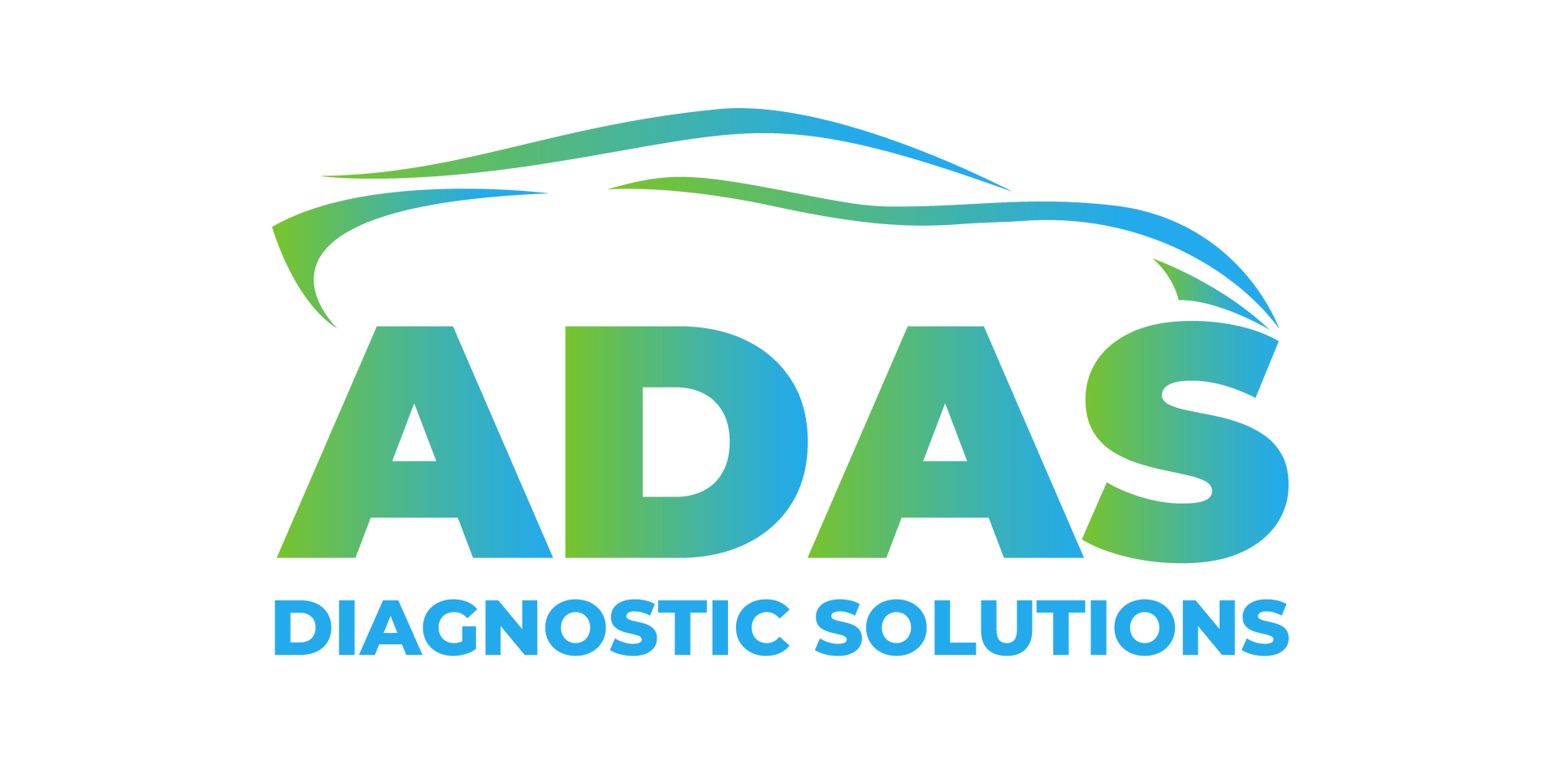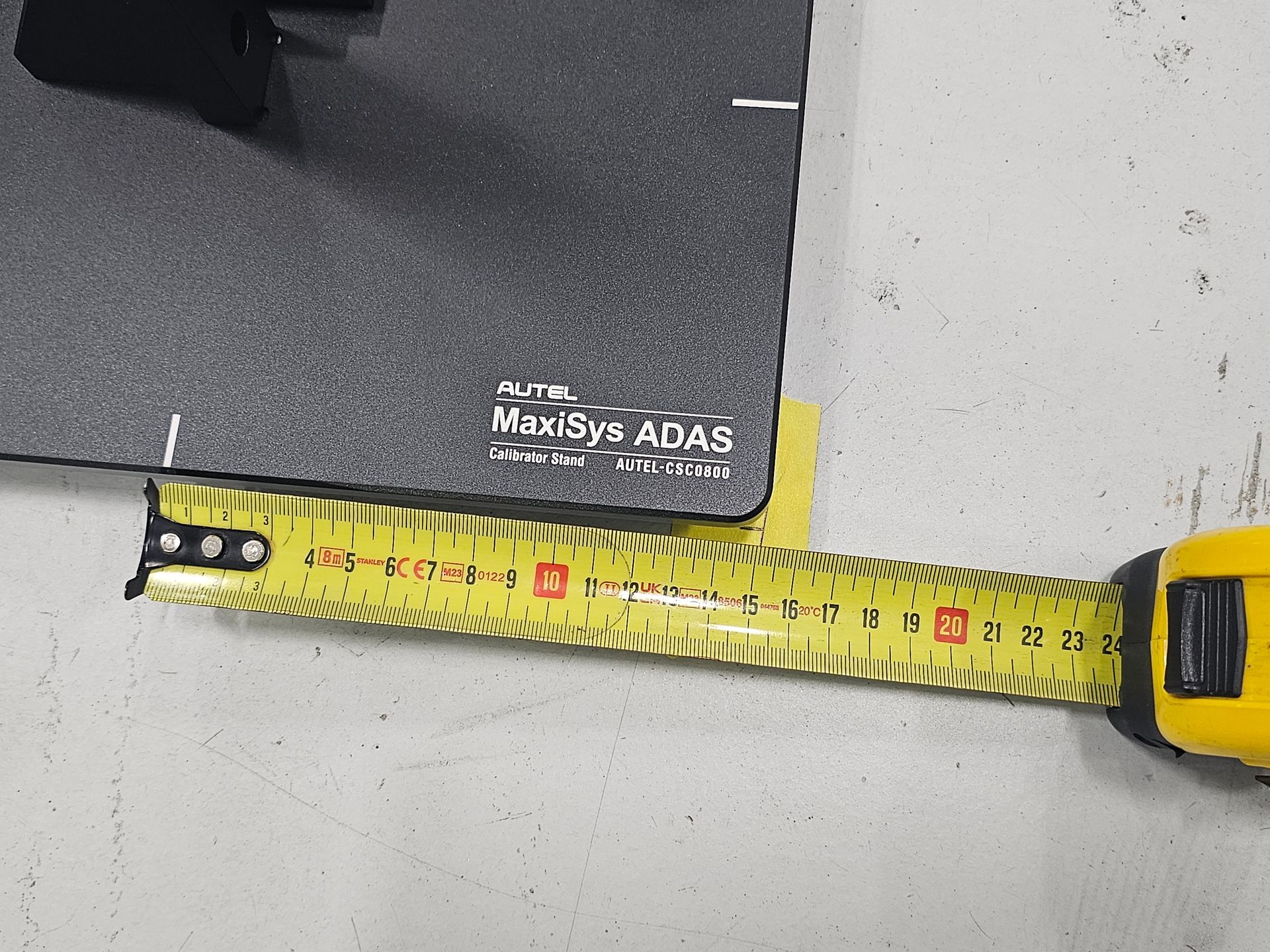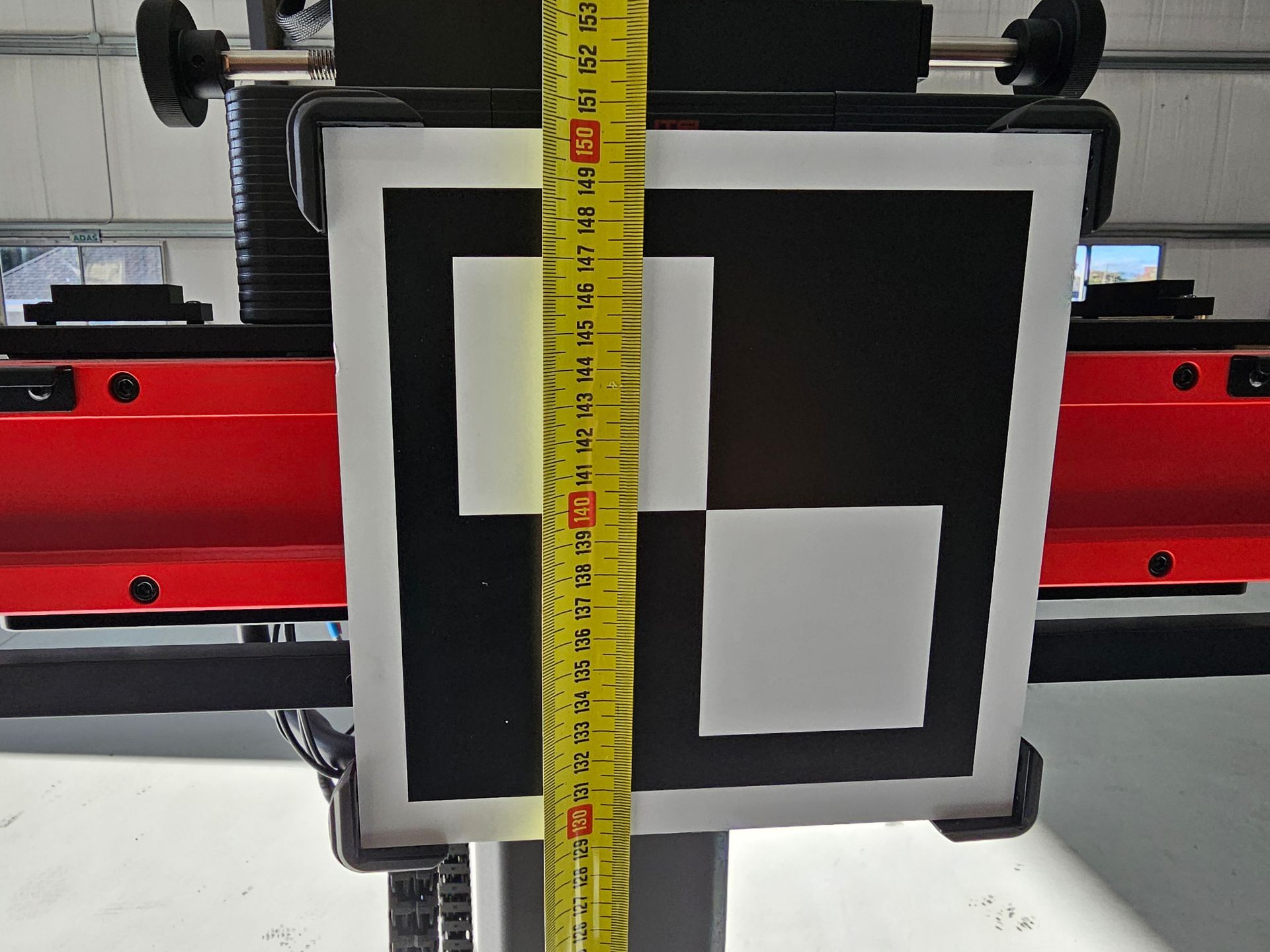A case study shows how misaligned radar and camera sensors can pass calibration despite being off target.
Case Study:
Calibration Tolerances in ADAS Systems on a 2021 Toyota Camry
Introduction:
Advanced Driver Assistance Systems (ADAS) depend on precise calibration of sensors like radars and cameras. Miscalibration can lead to misaligned sensor readings, compromising vehicle safety. This case study we completed examines how misalignments in calibration setups can still yield a "successful" calibration on a 2021 Toyota Camry.
Objective:
To determine the extent to which a calibration setup can deviate from manufacturer specifications and still achieve a "successful" calibration status, demonstrating that a "successful" calibration is not always proper.
Methodology:
- Vehicle Model: 2021 Toyota Camry
- Systems Tested: Front radar sensor and windshield-mounted camera
Test Procedures:
Front Radar Calibration Test
- Standard Setup: Calibration target reflector set according to Toyota's specifications.
- Intentional Misalignment: Gradually moved the target reflector to the left until calibration failed. The furthest successful calibration was with the target 150 mm (6 inches) left of the required location.
- Calibration Outcome: System reported a "successful" calibration despite the misalignment.
- Implication: At 100 meters away (328 feet), the radar is now misaligned by approximately 5 meters (16.4 feet) to the left, possibly off the roadway.
Windshield Camera Calibration Test
- Standard Setup: Calibration targets positioned per manufacturer guidelines.
- Intentional Misalignment: Moved the target board right and up until calibration failed. The furthest successful calibration had the target 100 mm (4 inches) to the right and 50 mm (2 inches) higher than specified.
- Calibration Outcome: Calibration deemed "successful" despite displacement.
- Horizontal Misalignment: At 100 meters away, the camera is now aiming 3.33 meters (10.9 feet) to the right, possibly off the roadway.
- Vertical Misalignment: At 100 meters away, the camera is now aiming 1.66 meters (5.4 feet) higher, possibly overlooking obstacles.
Discussion
The vehicle's calibration systems did not detect significant misalignments, accepting positional errors without issue. This raises concerns about calibration reliability when procedures are not strictly followed or when calibrations are performed on uneven surfaces.
Potential Risks
Safety Hazards: Misaligned sensors may fail to detect obstacles or provide inaccurate information, increasing accident risk.
False Sense of Security: Technicians and owners might believe systems are correctly calibrated due to the "successful" status.
Liability Issues: Improper calibration could have legal implications in the event of an accident.
Conclusion
Substantial misalignments in calibration setups can still result in a "successful" calibration status for ADAS components. The radar and camera showed significant misalignments, underscoring the importance of strictly adhering to manufacturer service information during calibration.
MENU
STAY CONNECTED
Stay informed of the latest advancements in ADAS tech. Subscribe to our newsletter.
Contact Us
Thank you for subscribing! You're all set and will see us in your inbox soon.
Well, this is embarrasing. We're sorry, but something went wrong. Please try to subscribe again later.
© 2024 ADAS Diagnostic Solutions. All rights reserved.
Privacy Policy
Terms of Service
Cookie Settings







